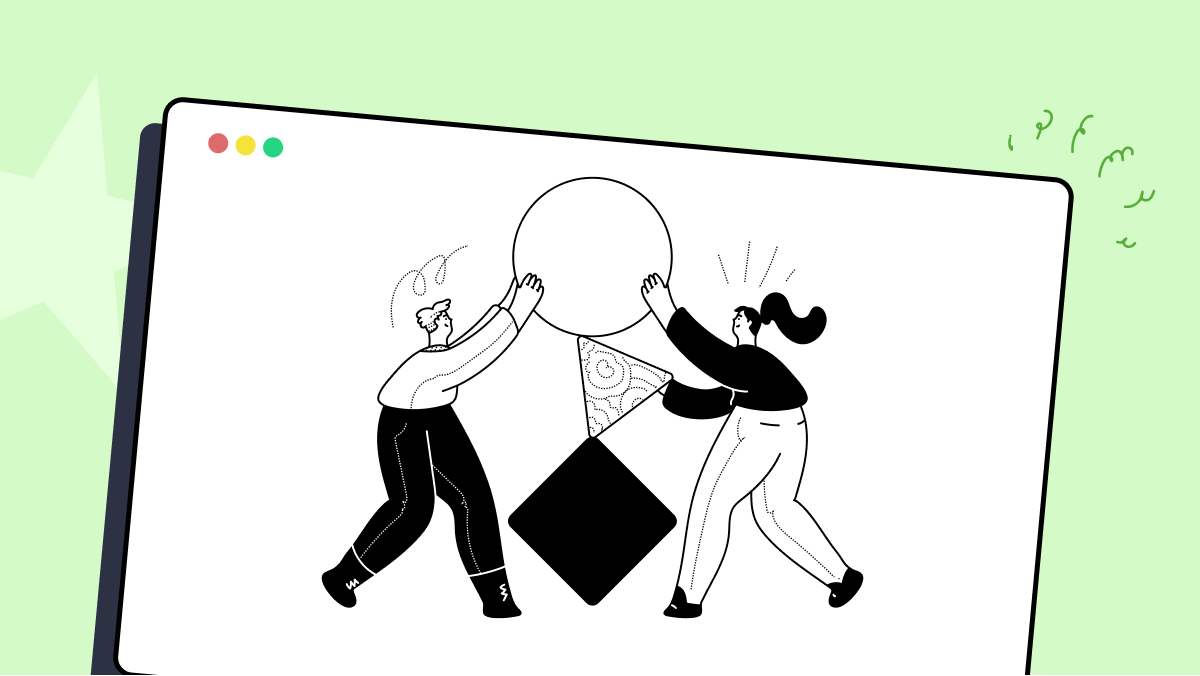How to use hashCode method of be.seeseemelk.mockbukkit.inventory.meta.BannerMetaMock class
Best MockBukkit code snippet using be.seeseemelk.mockbukkit.inventory.meta.BannerMetaMock.hashCode
Source:BannerMetaMock.java
...66 {67 return this.patterns.size();68 }69 @Override70 public int hashCode()71 {72 final int prime = 31;73 int result = super.hashCode();74 result = prime * result + ((baseColor == null) ? 0 : baseColor.hashCode());75 result = prime * result + (this.patterns.hashCode());76 return result;77 }78 @Override79 public boolean equals(Object obj)80 {81 if (!(obj instanceof BannerMeta meta))82 return false;83 return super.equals(obj) && this.baseColor == meta.getBaseColor() && this.patterns.equals(meta.getPatterns());84 }85 @Override86 public @NotNull BannerMetaMock clone()87 {88 BannerMetaMock clone = (BannerMetaMock) super.clone();89 clone.baseColor = this.baseColor;...hashCode
Using AI Code Generation
1public int hashCode() {2 return Objects.hash(baseColor, patterns);3}4public boolean equals(Object obj) {5 if (this == obj) {6 return true;7 }8 if (obj == null) {9 return false;10 }11 if (getClass() != obj.getClass()) {12 return false;13 }14 BannerMetaMock other = (BannerMetaMock) obj;15 return baseColor == other.baseColor && Objects.equals(patterns, other.patterns);16}17public BannerMetaMock clone() {18 BannerMetaMock clone = (BannerMetaMock) super.clone();19 clone.patterns = new ArrayList<>(patterns);20 return clone;21}22public Map<String, Object> serialize() {23 Map<String, Object> result = new LinkedHashMap<>();24 result.put("baseColor", baseColor.name());25 result.put("patterns", patterns);26 return result;27}28public static BannerMetaMock deserialize(Map<String, Object> args) {29 BannerMetaMock meta = new BannerMetaMock();30 meta.setBaseColor(DyeColor.valueOf((String) args.get("baseColor")));31 meta.setPatterns((List<Pattern>) args.get("patterns"));32 return meta;33}34public BannerMetaMock clone() {35 BannerMetaMock clone = (BannerMetaMock) super.clone();36 clone.patterns = new ArrayList<>(patterns);37 return clone;38}39public Map<String, Object> serialize() {40 Map<String, Object> result = new LinkedHashMap<>();Blogs
Check out the latest blogs from LambdaTest on this topic:
The QA testing career includes following an often long, winding road filled with fun, chaos, challenges, and complexity. Financially, the spectrum is broad and influenced by location, company type, company size, and the QA tester’s experience level. QA testing is a profitable, enjoyable, and thriving career choice.
When it comes to UI components, there are two versatile methods that we can use to build it for your website: either we can use prebuilt components from a well-known library or framework, or we can develop our UI components from scratch.
Software Risk Management (SRM) combines a set of tools, processes, and methods for managing risks in the software development lifecycle. In SRM, we want to make informed decisions about what can go wrong at various levels within a company (e.g., business, project, and software related).
The QA testing profession requires both educational and long-term or experience-based learning. One can learn the basics from certification courses and exams, boot camp courses, and college-level courses where available. However, developing instinctive and practical skills works best when built with work experience.
Automation Testing Tutorials
Learn to execute automation testing from scratch with LambdaTest Learning Hub. Right from setting up the prerequisites to run your first automation test, to following best practices and diving deeper into advanced test scenarios. LambdaTest Learning Hubs compile a list of step-by-step guides to help you be proficient with different test automation frameworks i.e. Selenium, Cypress, TestNG etc.
LambdaTest Learning Hubs:
- JUnit Tutorial
- TestNG Tutorial
- Webdriver Tutorial
- WebDriverIO Tutorial
- Protractor Tutorial
- Selenium 4 Tutorial
- Jenkins Tutorial
- NUnit Tutorial
- Jest Tutorial
- Playwright Tutorial
- Cypress Tutorial
- PyTest Tutorial
YouTube
You could also refer to video tutorials over LambdaTest YouTube channel to get step by step demonstration from industry experts.
Most used method in BannerMetaMock
Try LambdaTest Now !!
Get 100 minutes of automation test minutes FREE!!



